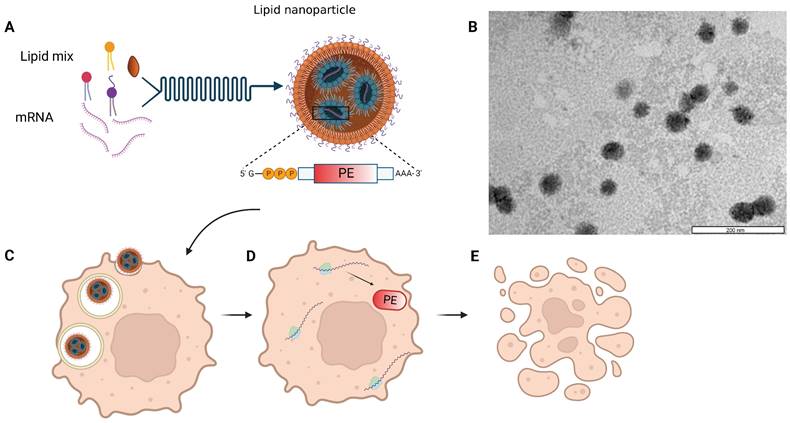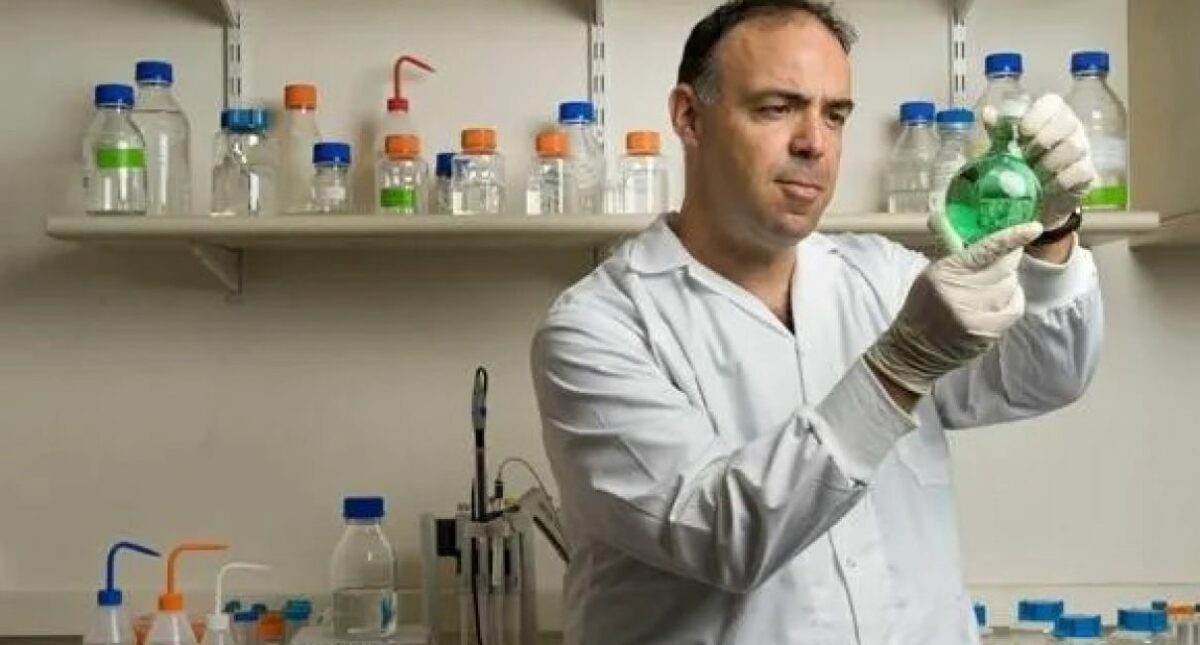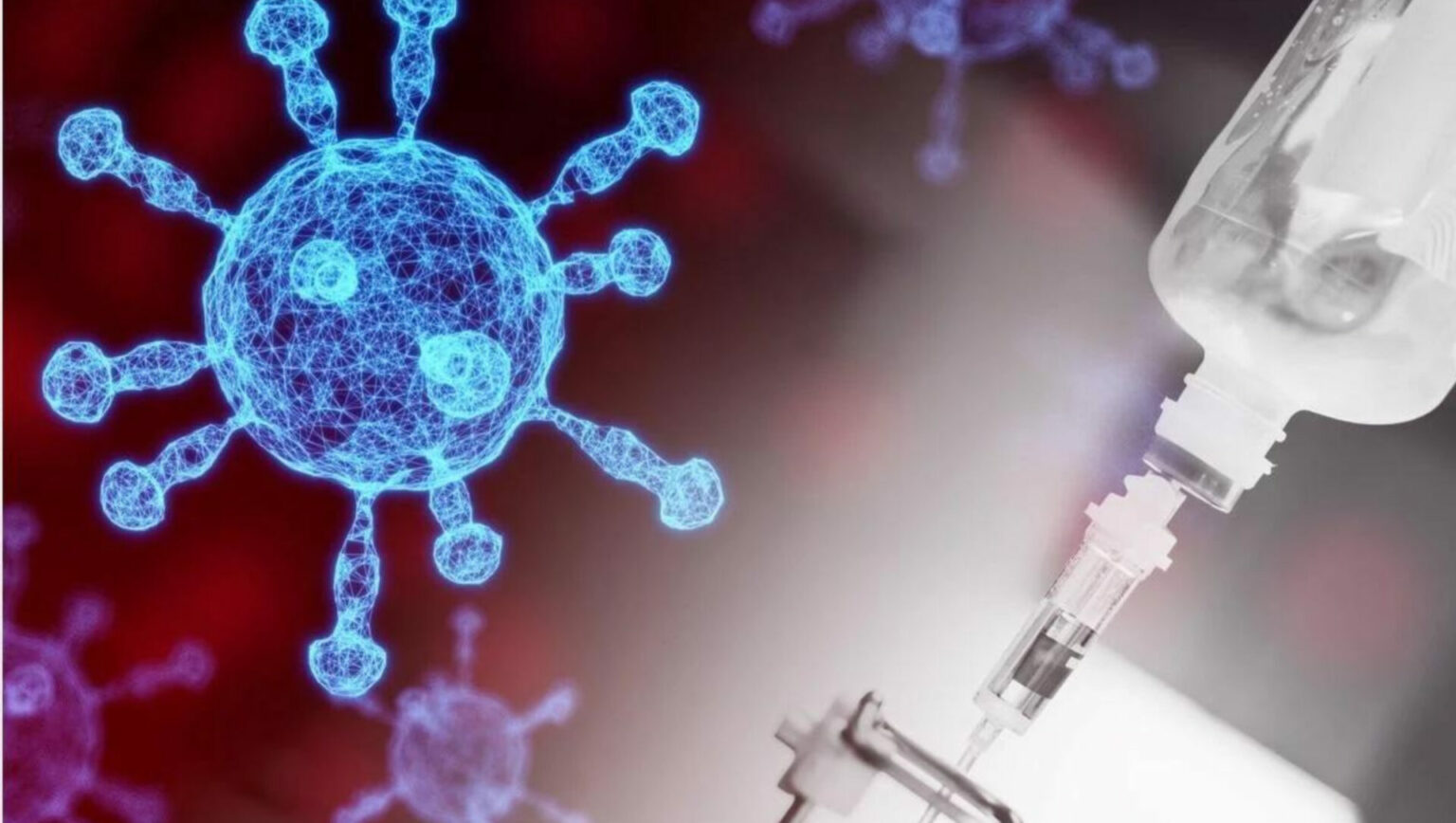Duping the ultrasmart cancer cells to commit suicide is possible, thanks to a research group in Israel, which recently published this intriguing strategy in the journal Theranostics. The study was conducted by Tel Aviv University professor Dan Peer and Ph.D. candidate Yasmin Granot-Matok. They research successfully delivered a bacterial toxin directly to cancer cells by encoding it into mRNA molecules, prompting the cancer cells to manufacture the bacterial toxin that ultimately killed them.

Deriving ideas from Bacterial Toxins and Chemotherapy
Over the past ten years, cancer therapy has advanced significantly, bringing novel approaches to suppress cancer cell development by immune regulation, with or without gene therapy. In particular, immunotoxins and suicide gene treatments have been studied for the direct cancer cell cytotoxicity therapy of tumors. By using nanocarriers for mRNA distribution, recent advancements in mRNA delivery have also shown the possibility of mRNA-based vaccines and immune-modulators for cancer therapies.
Several bacteria are known to secrete toxins naturally. The botulinum toxin used in Botox injections is likely the most well-known of them. On the other hand, chemotherapy is a traditional kind of treatment that efficiently kills cancer cells by delivering tiny chemicals into the bloodstream. However, the major drawback of chemotherapy is that it destroys healthy cells and is not selective. The researchers of the current study derived ideas from both to come up with a novel approach. Instead of sending the toxic chemicals directly, they decided to send the “recipe” of the toxic molecules (mRNA) to the cells, who can then prepare the toxin themselves. Then they commit suicide because of the toxin effect.
The Intelligent Combination
The Tel Aviv University researchers’ plan was to send to the cancer cells secure mRNA molecules that encoded a bacterial toxin, causing the cancer cells to really create the poisonous protein that would eventually kill them. It is comparable to embedding a Trojan horse into a cancer cell inducing it to commit suicide.
Similar to how Covid-19’s spike protein’s genetic information was translated into mRNA molecules to construct the vaccine, the researchers did the same with a toxic protein, the pseudomonas exotoxin A domain, produced by the bacteria pseudomonas aeruginosa. Following that, antibodies were added to lipid nanoparticles that contained the mRNA molecules. After that, the particles were put into melanoma-infected animal models (B16-melanoma tumor-bearing mice).

Outcomes of the Study
According to Peer’s research, the cancer cell created the harmful protein that ultimately destroyed it. The majority of the toxins secreted by anaerobic bacteria, especially those that reside in soil, may probably be employed using this technology.
Delivering the bacteria directly to the target cells via the nanoparticles is similar to delivering a recipe to the target sites. On reading the recipe, the cancer cell starts producing the toxin as if it were the bacteria itself and this self-produced toxin eventually kills it.
Thus, the researchers are able to trigger “suicide” in cancer cells without harming healthy cells by administering a straightforward injection directly into the tumor bed. The findings demonstrated that a single injection into the tumor bed in animal models of melanoma skin cancer caused the elimination of 44 to 60% of malignant cells.
Looking Forward

The developed strategy potentially improves upon some of the present drawbacks of immunotoxin-based anti-cancer therapy while also providing a safer means of delivering payloads to tumor cells. This platform could be a novel type of therapy that can fill a gap in the treatment of solid tumors.
The very shining silver line this therapy provides is that because we can always switch to a new natural toxin, cancer cells cannot become resistant to our technique as frequently happens with chemotherapy.













